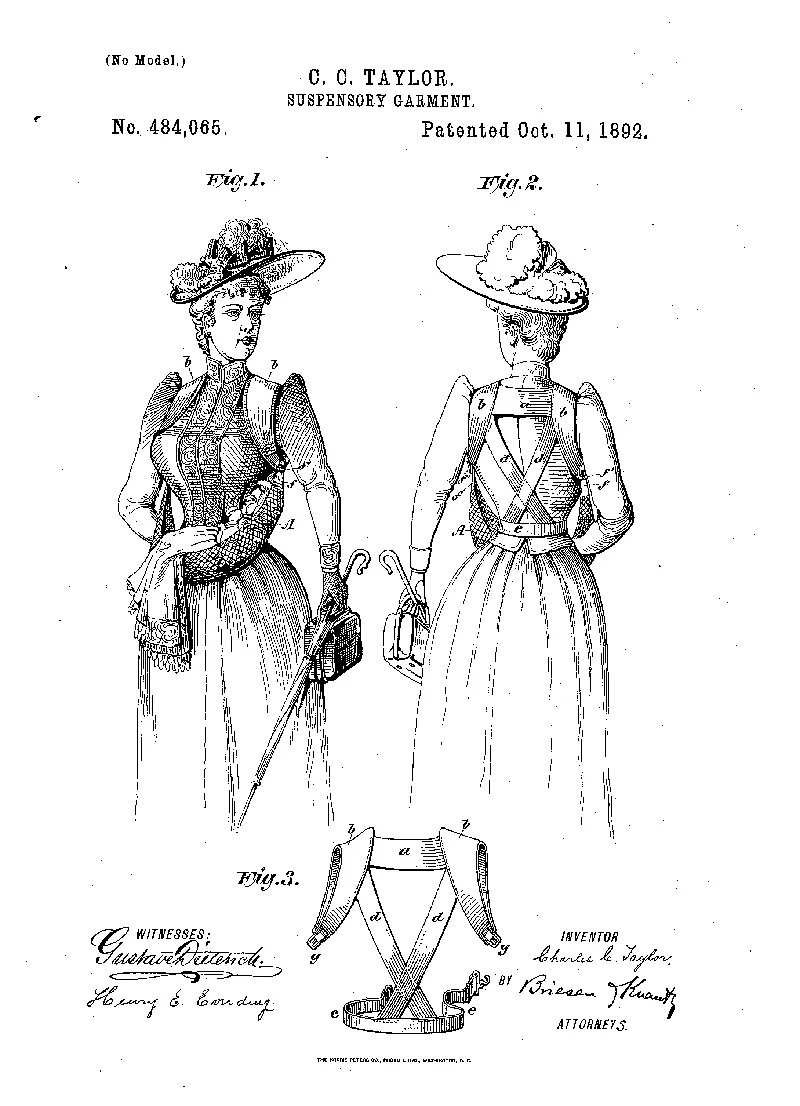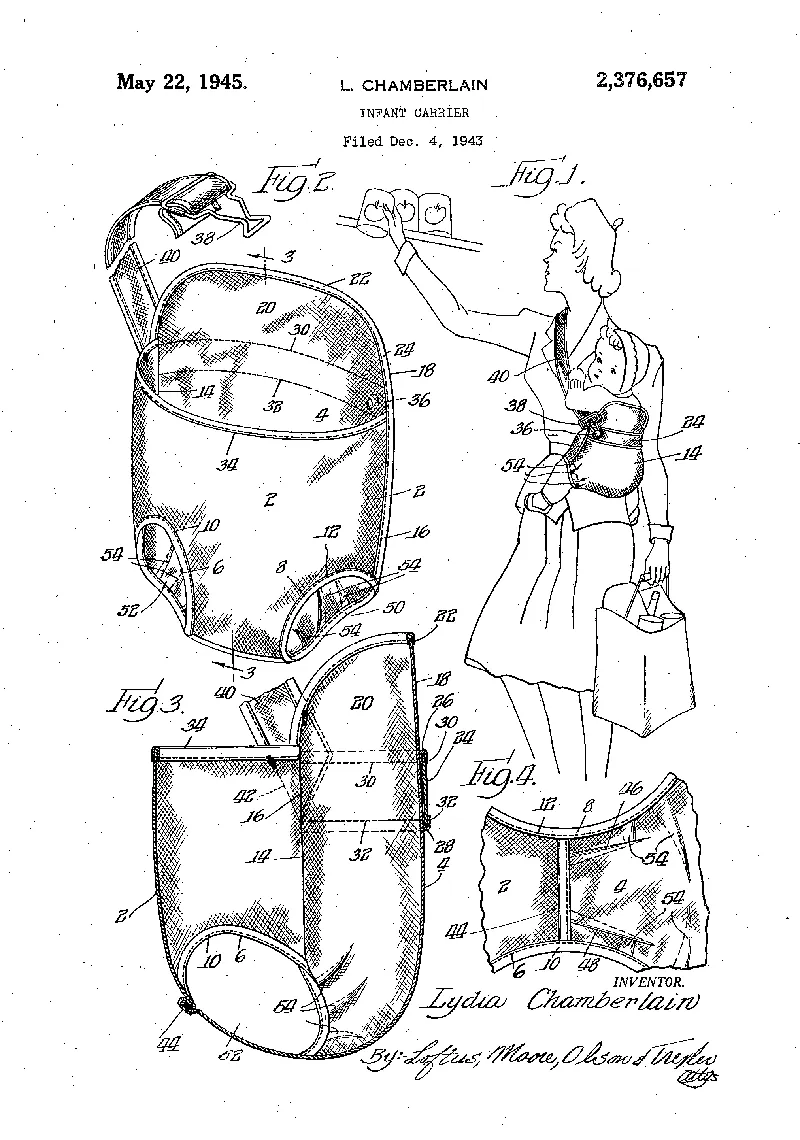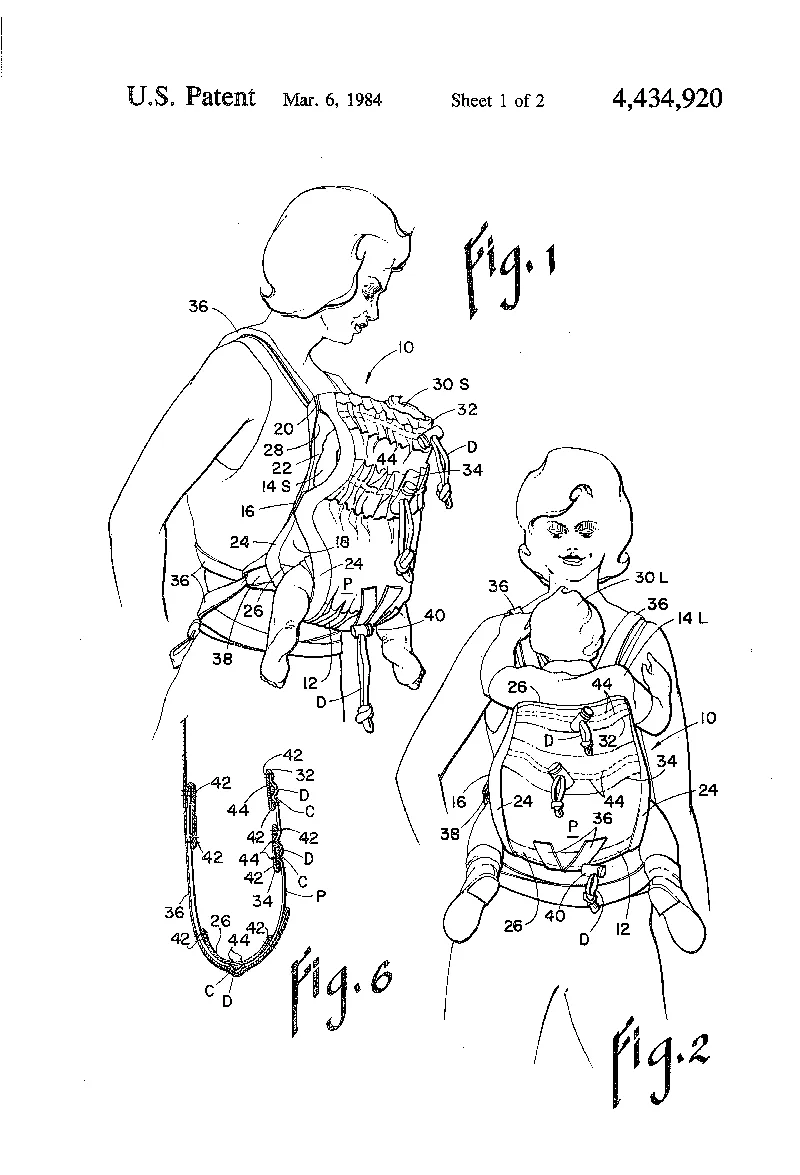A History of Cribs and Other Brilliant and Bizarre Inventions for Getting Babies to Sleep
Generations of parents have relied on contraptions, both clever and crazy, to give their infants—and themselves—some rest
/https://tf-cmsv2-smithsonianmag-media.s3.amazonaws.com/filer/8a/92/8a9246f1-04ed-4fb8-8960-7b243434881b/baby_in_crib-edit.jpg)
Transferring my sleeping newborn from my arms to his crib required the gentleness and precision of an explosive ordnance disposal technician. If I failed, he would wake up, wouldn’t go right back to sleep, and often protested, loudly. Like many parents before me, I was eager for a place where he could nap and I could have my hands free. Throughout history parents have invented places for their babies to rest—rockers, hammocks, swings, carriers, cribs and more. While some of the contraptions are brilliant, others are completely bizarre.
Rocking Cradles and Swings
After nine months of floating inside mom, it makes sense that babies are soothed by gentle movement. The original baby rockers were likely hammocks. Wooden cradles came later, and in the nineteenth century, metal became popular for hygienic reasons. There are thousands of inventions in the U.S. Patent and Trademark Office’s category for “Small beds for newborns or infants, e.g. bassinets or cradles with rocking mechanisms,” the earliest of which are from the mid-1800s. If you needed an all-in-one combination rocker, bassinet, couch and fold-out bed, this 1871 “sofa bed” had it all. But rocking a cradle by hand or foot can get tiring, so turn of the twentieth-century inventors added cogs, spring motors or hand-cranks to cradles so they could rock, at least for a while, on their own. Finally, an electric cradle came along in 1924, around the time when half of Americans had electricity. We’ve been plugging in baby rockers and swings ever since. Now we have the Bluetooth-enabled 4moms mamaRoo 4 swing that “moves like you do,” the Graco Sense2Soothe swing with “Cry Detection Technology,” the SNOO Smart Sleeper bassinet with “calming sensations of the womb,” and Ford’s Max Motor Dreams crib that was made to mimic a car ride (however, this one was never sold to the public).
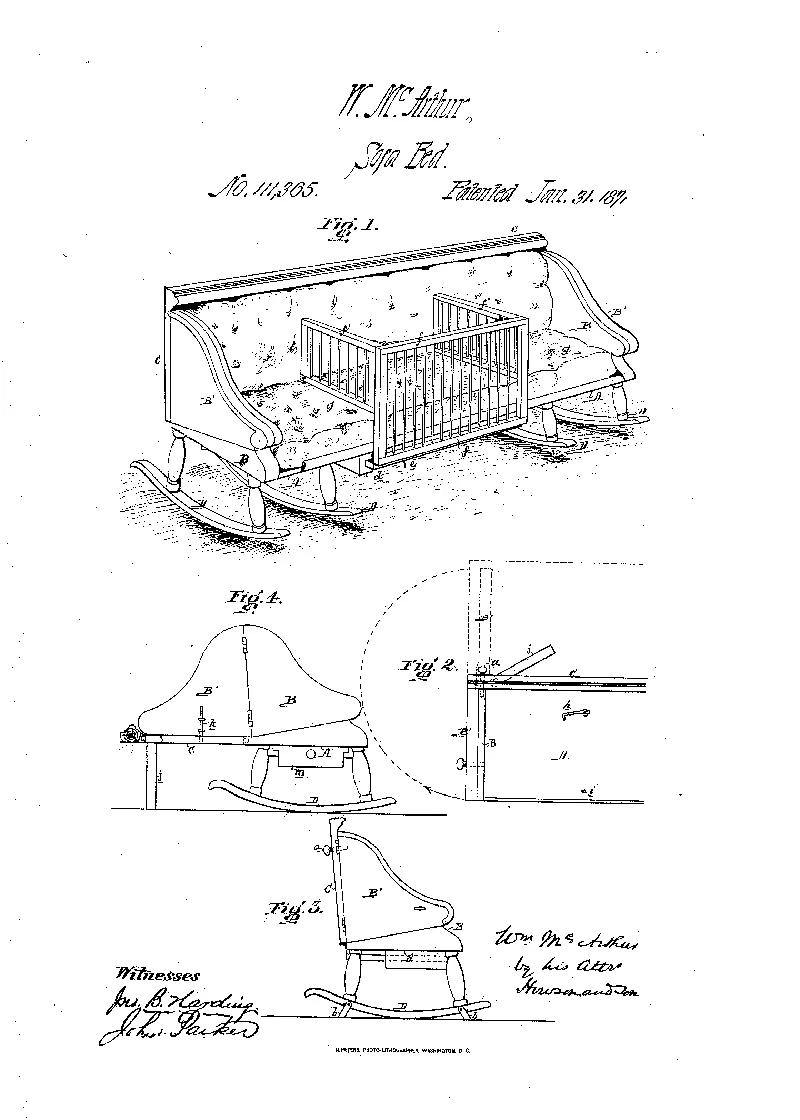
Co-Sleepers
Though cradles existed for millennia to hold infants during the day, babies slept with their mothers at night for most of human history, and still do in many parts of the world. A half barrel with all but three slats removed, one on each side and one on top, was probably the world’s first device designed for nighttime sleep. Called an “arcuccio” or “arcutio,” Italian for “little arch,” this seventeenth-century creation was put on the mother’s bed with baby inside, allowing a mother to sleep and breastfeed throughout the night without the possibility of rolling onto her infant, or having her infant roll out of bed.
The arcutio didn’t catch on worldwide, but it was suggested as “an apparatus to prevent the overlaying of infants” in 1895, when British Parliament debated penalizing mothers whose infants died next to them in bed. Babies then usually slept with their mothers for a few months after birth, because homes weren’t well-heated. The inventions of that era were sleep surfaces that could be attached to the side of the bed, much like today’s co-sleepers and bedside baby cribs.
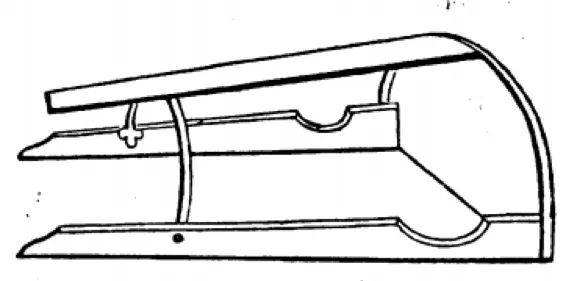
Window Cribs
The most bizarre crib in the patent category with bedside co-sleepers (“Children's beds capable of being suspended from, or attached to, window frames or other articles”) is the window crib. The first, but certainly not only, patent for such a crib appeared in 1919, not too long after American pediatrician Luther Emmett Holt insisted in his book The Care and Feeding of Children that “fresh air is required to renew and purify the blood” and that “those who sleep out of doors are stronger children.” So what were city-dwelling parents to do? Why, put baby in a cage suspended out the window, much like an air conditioning unit, of course! Eleanor Roosevelt used one in their townhouse window for their daughter, Anna, until a neighbor threatened to report her for child cruelty. “This was a shock to me,” Roosevelt wrote in her autobiography, “for I thought I was being a most modern mother.” Though they may not have been common in New York, they were quite popular in London. Thankfully, we aren’t “airing” babies out of windows anymore, but you can buy infant tents for naptime at the beach.
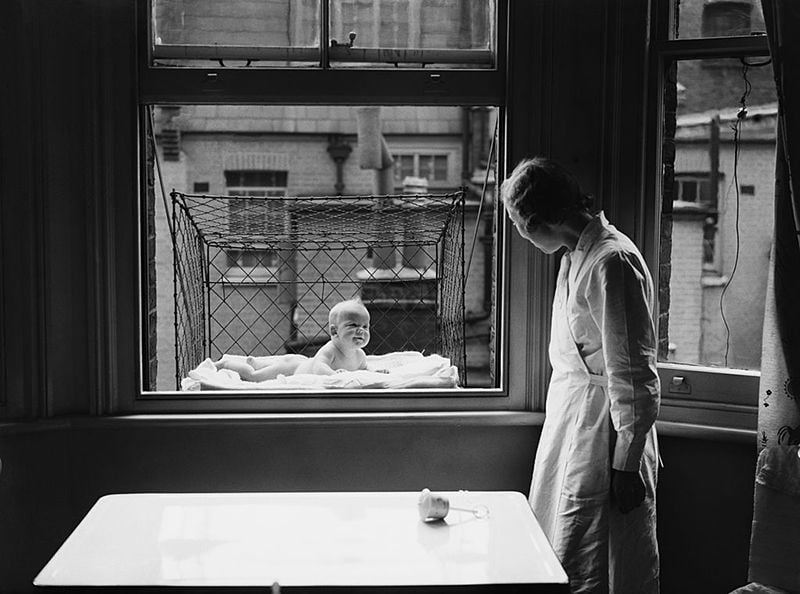
Air Crib
On the opposite end of the spectrum from the window crib are those that totally regulate or monitor the baby’s environment. Psychologist B.F. Skinner invented the “air crib” in 1944—a completely enclosed crib with three solid walls and a ceiling, and a safety glass front, that allowed both temperature and humidity to be controlled for baby. Skinner invented the air crib due to his concern that being bundled up meant a child’s self-directed movement would be inhibited. Skinner’s air crib didn’t become trendy—perhaps because Skinner also invented a box for studying animal behavior, and the similarities were too uncomfortable for parents. But the desire for an acutely monitored baby environment is as contemporary as ever. In 2016, the smart thermostat company Nest (owned by Google’s parent company—Alphabet), filed a patent for a smart crib. The crib would report on the baby’s temperature, the temperature in the room, if the baby is awake or sleeping, and even proposes an algorithm that would learn why the baby is crying—whether hungry, tired or needing a diaper change. I think Skinner would have been eager to have one. Though the Nest smart crib is not yet available, a parent can buy an Owlet sock that measures baby’s heart rate and blood oxygen, along with a camera to watch baby from afar, as well as check room temperature.
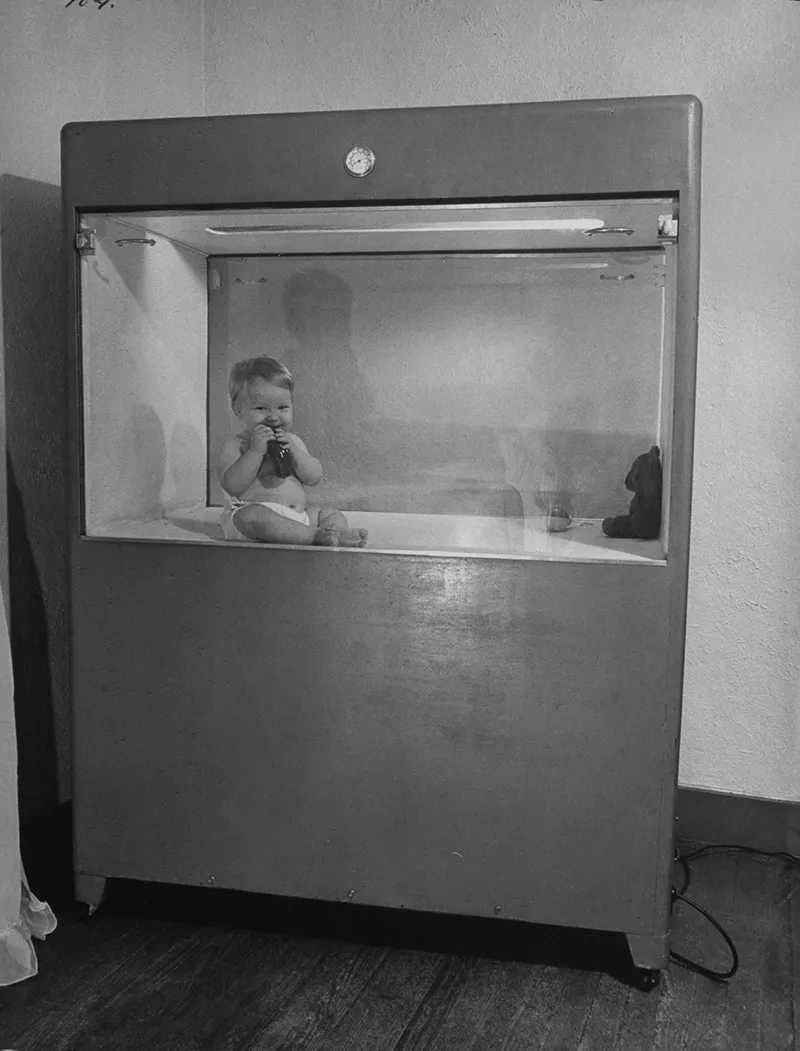
Baby Carriers
The first way humans transported babies, and let them sleep and eat, was by carrying them in a sling. Mom goes about her business, and baby happily comes along for the ride. Babywearing fell out of favor in the mid- to late-nineteenth century in European and U.S. cities when roads were paved and strollers became a status symbol. Inventor Charles Taylor nevertheless filed a patent for a garment “used to carry babies, parcels, and the like with little fatigue” in 1892 that didn’t seem to catch on. A 1943 attempt at a baby carrier that looked a bit like a shoulder bag for your baby was also a flop. But a variation of Ann Moore’s “Snugli” soft-structured carrier, patented in 1984, is still sold today. The “Snugli” took hold because it was comfortable and easier to use than some traditional baby wraps, but also because attachment theory shifted parenting attitudes in the 1970s and 80s. Warm, sensitive care and physical contact was no longer seen as a threat to a baby’s development of autonomy (like it was from the turn of the 20th century to the 1960s)—you could hold your baby (again) without “spoiling” them. Now there are so many kinds of baby carriers it can make your head spin, especially if you’re wrapping 18 feet of fabric around yourself.
Baby Boxes
Since the 1940s in Finland, every soon-to-be-mom who attends a prenatal clinic has been given a cardboard baby box, containing baby-must-haves like diapers, a thermometer, socks and a snowsuit. Then the box itself functions as a bassinet. The box is touted as reducing Finland’s infant mortality rate from 0.65 percent in 1935 to 0.025 percent today. However, since the box came along when Finland mandated that municipalities provide prenatal care and child health clinics, it isn’t the silver bullet. Now some states (Ohio, New Jersey and Alabama) and countries (England, Canada and India) are offering baby boxes, some in exchange for completing parent education workshops. The humble baby basket harkens back to Moses' basket, only mass produced, and certainly not buoyant. But as the cheapest item on this list, and perhaps the least likely to be recalled, it has its own brilliance.
In the western world, the past 200 years have brought a dramatic shift in child-rearing trends. For most of human history it was a biological imperative that mother and baby be in constant close proximity. Technology and innovation, especially heated homes and infant formula, changed that, and parenting experts embraced the trend. From the mid-1800s, with few exceptions, they’ve advised against rocking, or nursing, a baby to sleep. “[Rocking] is a habit easily acquired, but hard to break,” warned Emmett Holt. But as every exhausted new parent knows, sometimes babies don’t want to sleep in stationary boxes or cribs, and sometimes you do what works—it doesn’t last forever.
